Nội dung bài viết
Safe operation of charging stations is not only a criterion but also a mandatory requirement for manufacturers and investors in electric vehicle charging stations to ensure a modern green transportation infrastructure that meets standards. Learn details about how to safely operate charging stations in our following article.
General safety principles when operating charging stations
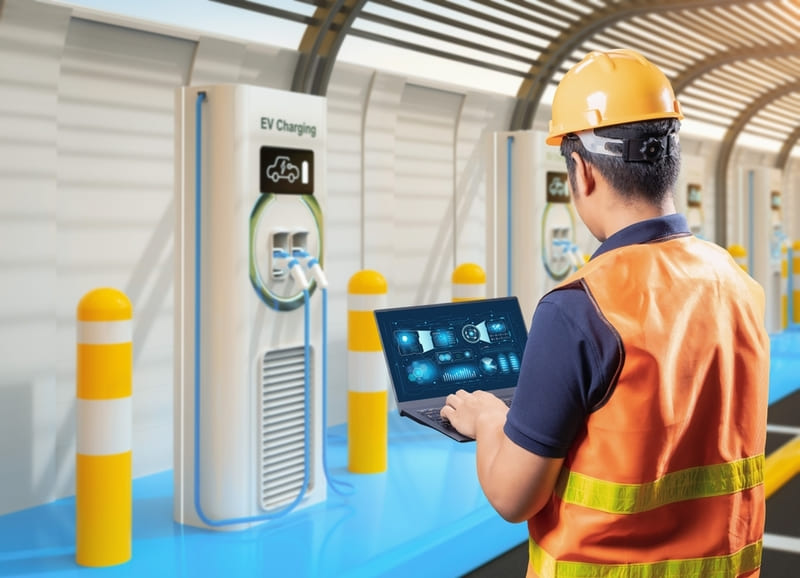
For manufacturers/investors
In Vietnam, each brand’s electric vehicles often come with their own ecosystem of vehicle – battery – station. Therefore, depending on each manufacturer or investor, there will be unique requirements in the charging station operating process. But basically, the general safety principles that need to be ensured include:
Instructions for use are clear
- Provide detailed documentation: The manufacturer is responsible for providing detailed installation and operation instructions to investors, shopping center/building management boards… including text and videos to ensure users have the most basic understanding of how to use the charging station properly.
- Online support: Set up an online support channel to answer users’ questions during the vehicle charging process. Make sure this online channel is always ready and responds quickly.
Management and supervision
- Charging station management system: Charging stations need a separate management system to monitor operating status, manage users and warn of problems.
- Remote monitoring: Application of smart devices and technology allows remote monitoring and supervision of charging stations using cameras or sensors to promptly handle unusual signs.
- Preventive maintenance: Provide a schedule for periodic maintenance and inspection of the operation and condition of important components such as charging cables, connectors, cooling systems and protective devices in electrical cabinets.
Security guaranteed
- Access Control: Ensure that only legal users can charge electric vehicles at the station, limiting illegal charging or charging.
- Surveillance cameras: Cameras installed at charging stations must be of high quality, have few dead angles, record clearly both day and night and be able to store safely for a long time.
- Fire protection measures: Make sure the charging station is fully equipped with standard fire protection equipment, and charging station operators are also trained on how to quickly handle fire and explosion situations.
For electric vehicle users
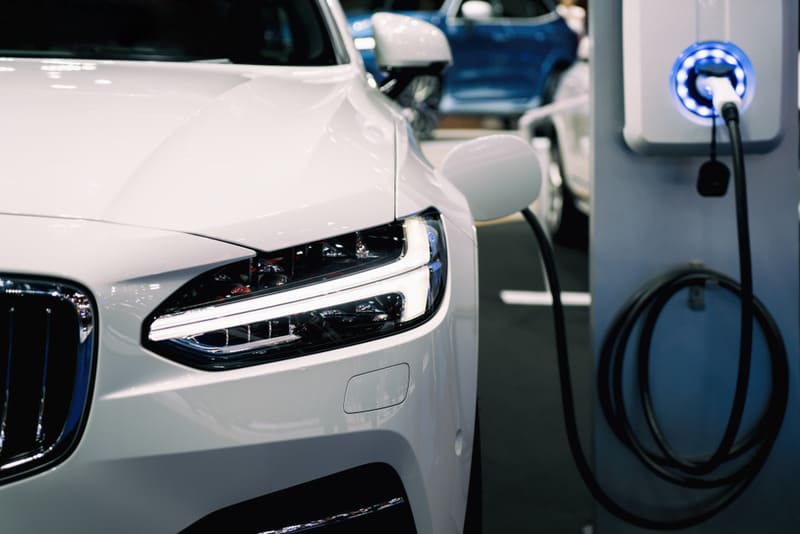
Check equipment and environment
- Observe the connector and charging cable carefully before any charging process. If you detect any unusual signs of the charging cord (broken, frayed, corroded cord, etc.), absolutely do not use it and immediately notify the operator.
- Make sure the vehicle’s charging port is clean, free of foreign objects, dirt, and steam to avoid a fire or an unrecognized charging connector when connecting the station and vehicle.
- Only charge the vehicle battery at a dry, well-ventilated charging station, free of flammable and explosive materials. You should not charge your car during heavy rain or thunder, unless the charging station is covered.
Plugging and unplugging the charger
- Prioritize turning off the ignition before charging the electric vehicle battery.
- Make sure the connector is securely plugged into the vehicle’s charging port and has a successful connection signal.
- Limit sudden charging interruptions without going through the system’s charging stop procedure.
- When charging is complete, press the stop charging button or follow the procedure on the touch screen/mobile app before disconnecting the charging connector from the vehicle.
Notes on batteries and standard charging procedures
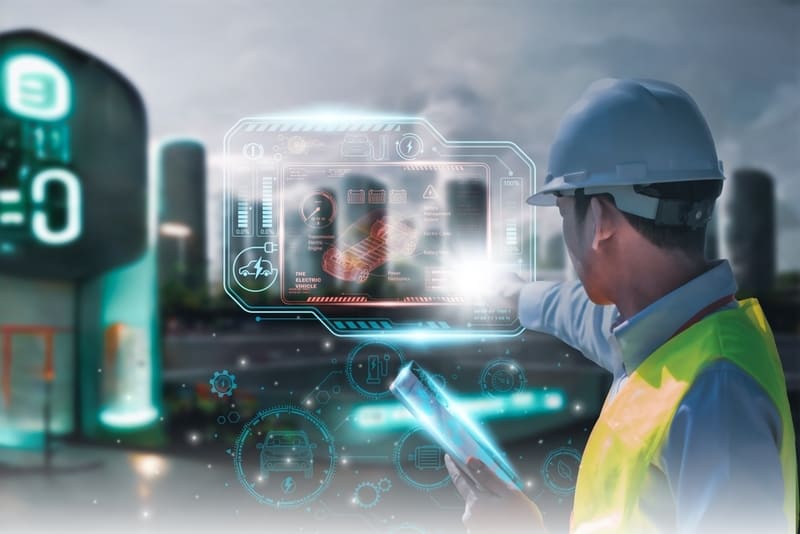
Vehicle batteries are the most important component of electric vehicles. To make sure the car battery operates effectively and optimizes its lifespan, users need to pay attention to the following issues:
- Wait for the battery to cool: Electric vehicle batteries are very sensitive to high temperatures, especially Lithium-ion batteries. Therefore, after continuous running, electric vehicles should let the battery cool for 20-30 minutes before charging to limit overheating of the battery.
- Avoid charging to 100% frequently: Electric vehicle manufacturers recommend that if you do not plan to travel long distances, you should not charge the battery to 100%. The safest threshold to optimize battery life is from 30-80% battery.
- Do not charge for too long: Electric vehicle users often have the habit of charging overnight to take advantage of the vehicle’s rest time. However, electric vehicles are recommended not to charge continuously for more than 8 hours (for AC slow charging) or to leave the vehicle plugged in without someone supervising the process.
- Fast charging limitations: Fast charging is capable of filling 80% of the battery in just about 30 minutes but also generates a large amount of heat, affecting the battery’s lifespan. Therefore, if you do not need to travel urgently, you should prioritize using slow charging instead of fast charging for daily purposes. In case you need fast charging, make sure your car supports this feature.
Ensure fire safety at the charging station
According to the Fire Prevention and Fighting Police Department, Vietnam currently does not have a separate set of technical regulations for electric vehicle charging stations and has not mentioned specific solutions for warning and fire fighting for charging stations. This means that ensuring fire safety for electric vehicle charging stations only stops at solutions to prevent fire spread and explosion in case of an electrical incident.
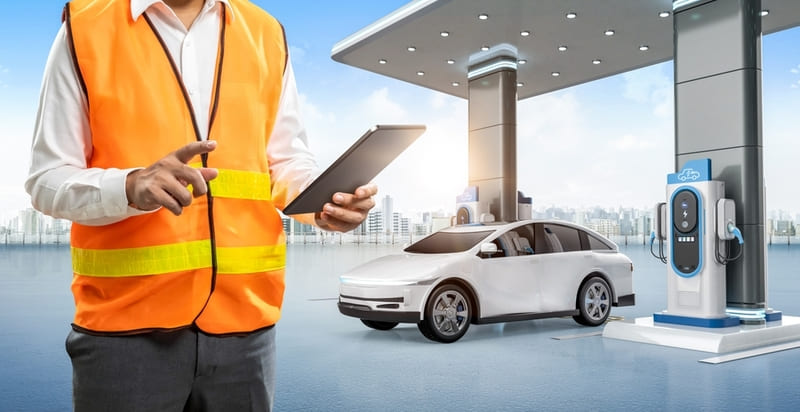
In particular, some fire prevention measures are specifically mentioned as follows:
- Electric vehicle charging stations need to be installed in a separate area, independent of other parking lots and separated by fireproof walls or ensuring a safe distance of not less than 10m from the areas surrounding the charging station.
- For charging stations installed at gas stations, the installation location must comply with the dangerous zone level in the store specified in Article 7 QCVN 01:2020/BCT, respectively, the electrical equipment must also meet the standards specified in Article 11 QCVN 01:2020/BCT.
- The charging station garage area must be able to prevent smoke accumulation as prescribed in Article 2.3.3 QCVN 13:2018/BXD. At the same time, the smoke exhaust fan must have a maximum fire resistance limit and be consistent with the actual temperature of electric vehicle and charging station fires as prescribed in D.9 QCVN 06:2021/BXD.
- Electrical cabinets and electrical equipment used for charging stations must be fire-proofed from the garage area as prescribed in Article 2.3.4 of QCVN 13:2018/BXD. Regarding technical standards, these devices must meet the requirements of QCVN 12:2014/BXD and related standards.
- Disconnecting the charging station power in case of a problem must be done manually. The charging station’s emergency stop button must be located no more than 15m from the charging station and must have specific stickers and instructions.
- The charging station area is required to have appropriate fire protection equipment according to TCVN 3890:2009 “Fire prevention and fighting equipment for houses and buildings – Equipment, arrangement, inspection, maintenance”.
- Portable fire extinguishers and trolley fire extinguishers must be located in easily identifiable and accessible locations at charging stations to promptly handle electrical incidents.
Important protective devices in charging station operations
To operate a charging station safely, you must first ensure that the charging station is equipped with a system of electrical devices with specialized protection functions. These devices often appear in the charging station’s electrical cabinet or the station’s electrical system, taking on the task of protecting users, vehicles and charging station infrastructure from electrical incidents such as electric shock, overload, fire…
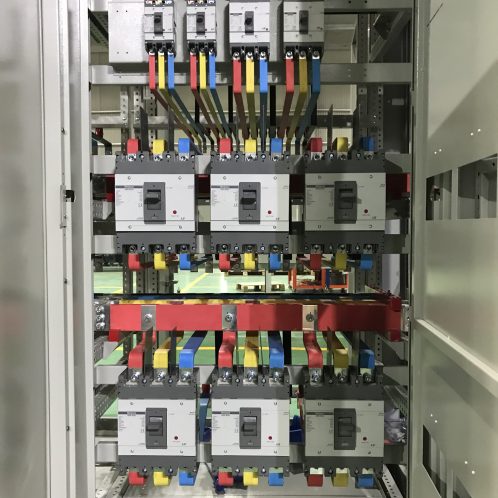
Below are important electrical devices that help protect charging stations:
- Switchgear (MCB, MCCB, ACB): Depending on the size of each charging station, the manufacturer will choose the appropriate circuit breaker. This group of devices has the function of protecting the electrical wiring system and charging equipment against overload and short circuit, helping to limit short circuits and explosions.
- Residual current protection device (RCBO, RCD): While RCBO Type B is resistant to overload, short circuit and leakage, RCD is a specialized residual current protection device for charging stations. Type B RCDs are often preferred for installation in charging stations thanks to their ability to detect many types of leakage currents. This device must meet the protection requirements according to IEC 62955.
- Lightning protection device (SPD): Effectively protects charging station infrastructure against lightning strikes or voltage spikes due to grid problems.
- Grounding system: Charging stations need to have a safe grounding system to create a path for excess electricity to go to ground.
- Emergency stop button: Must be located in an easily accessible location to easily disconnect the power source manually in emergency situations.
The role of KTH ELECTRIC electrical equipment in safe charging station infrastructure
KTH ELECTRIC is a European-standard manufacturer of industrial electrical equipment, specializing in providing high-quality switching and control products suitable for installation in charging station electrical cabinets.
MCB
KTH ELECTRIC‘s MCBs are designed to meet a variety of protection needs from basic to the most advanced. The device delivers high performance and outstanding reliability with a wide current range from 1 to 125A, short circuit breaking current of 6/10kA. The product meets IEC 60898-1 for residential and commercial building applications, and meets IEC 60947-2 for more demanding industrial applications.
In particular, type MA MCB can react immediately at a speed of up to 12 times the rated current, designed to protect motors with high starting current, especially suitable for electric vehicle charging stations.
Refer to MCB product specifications at: https://btb-electric.com/vi/mcb/
MCCB
M series MCCB circuit breakers are capable of meeting the needs of protection and power distribution flexibly. The device possesses high short-circuit current tolerance, ensuring durable and safe protection during isolation, meeting IEC 60947-2 standards.
Among them, 2 codes MF and ME are widely used in charging station applications:
- MF: Fixed circuit breaker – protective relay T01; Rated current range (In) from 20A to 800A; Short-circuit breaking current (Ue) is 25kA, 36kA, 50kA and 85kA.
- ME: Electronic mechanism circuit breaker – protective relay E01; Rated current range (In) from 320A to 1600A; Short circuit breaking current (Ue) is 60kA and 65kA.
Refer to MCCB product specifications at: https://btb-electric.com/vi/mccb/
RCBO
KTH ELECTRIC‘s MO-RCBO is designed to provide a comprehensive protection solution, integrating the functions of both MCB and RCCB in one device, combining magnetic – thermal protection with electronic leakage current protection technology, providing high performance and outstanding reliability in all operating conditions.
Our RCBO carries the globally reputable KEMA – KEUR brand with a rated current range of 6A – 63A and a maximum cutting current of 6kA, suitable for preventing overload, leakage current, and anti-shock for charging stations.
Refer to RCBO product specifications at: https://btb-electric.com/vi/rcbo/

AC Contactor
The contactor plays the role of controlling electric current and protecting the system against incidents, ensuring safety and efficiency during the charging process of electric vehicles. In addition, KTH ELECTRIC‘s contactor can also be controlled remotely through the control system, helping the charging process take place automatically.
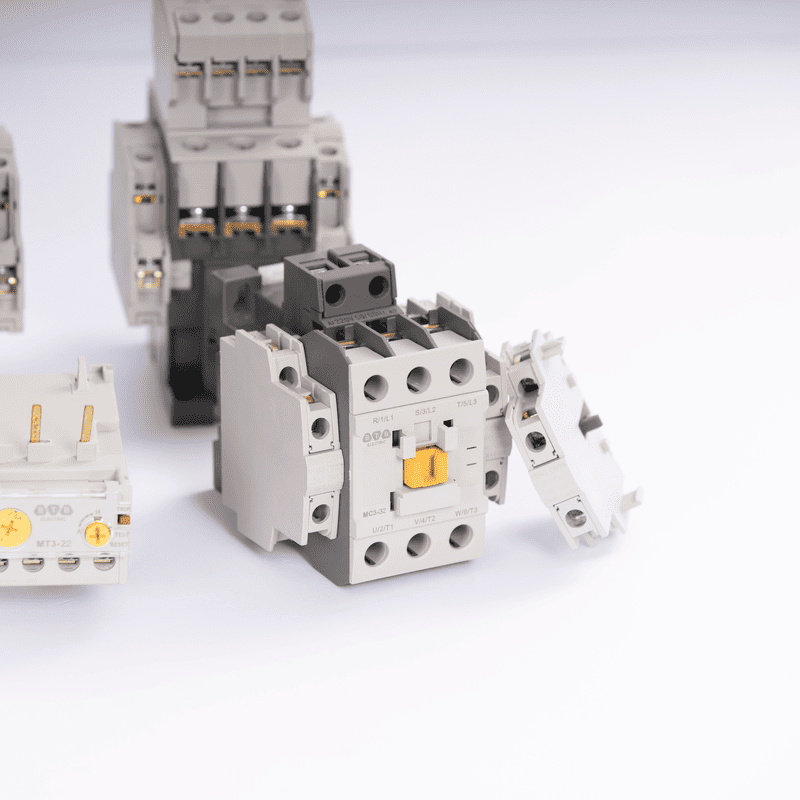
Refer to Contactor product specifications at: https://btb-electric.com/vi/rcbo/
Some questions about safe charging station operation
Question 1: When is the emergency stop button at an electric vehicle charging station used?
Reply: The emergency stop button should in all cases only be used when an electrical emergency occurs. Same at the charging station. The stop button should be located in a visible and accessible location so that the user or charging station operator can press the button immediately in the event of an explosion or fire.
Question 2: What standards must the charging station comply with during the design and construction process?
Reply: NSX must strictly comply with two popular international standards related to electric vehicle charging stations: IEC 61851 and ISO 15118, along with appropriate national standards in each territory.
Operating a charging station safely and effectively is a complex process that requires a smooth combination between investors and electric vehicle users, in which, equipping quality electrical equipment and ensuring standard fire protection are two key factors to limit electrical incidents.


Nội dung được phát triển bởi đội ngũ truonglehongphong.edu.vn với mục đích chia sẻ và tăng trải nghiệm khách hàng. Mọi ý kiến đóng góp xin vui lòng liên hệ tổng đài chăm sóc: 1900 0000 hoặc email: hotro@truonglehongphong.edu.vn